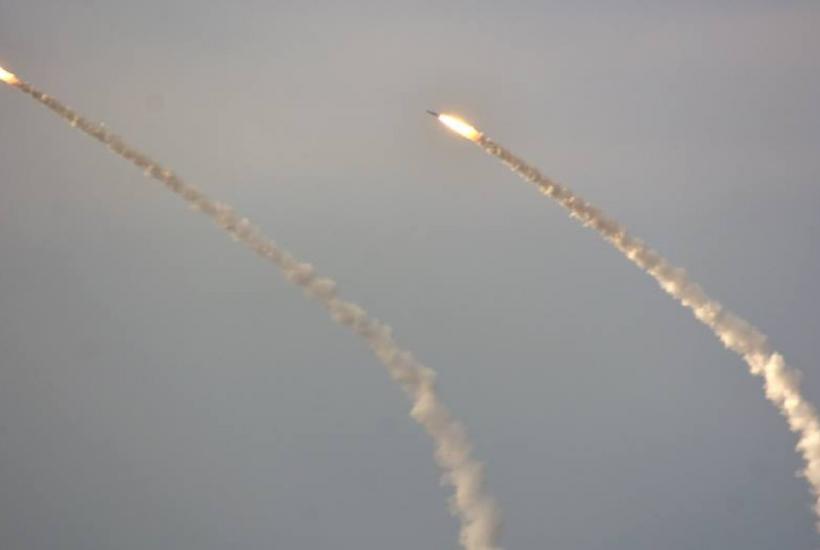Just as conversations swirl about supplying Ukraine with longer‑range strike options, a senior Russian lawmaker delivered a blunt message: if U.S.‑made Tomahawk missiles are used from Ukrainian soil to hit Russian cities, Moscow could strike back — and not just at targets in Ukraine.
That warning came from Alexei Zhuravlev, First Deputy Chairman of the Russian State Duma’s Defense Committee, and was carried by Gazeta.ru on Wednesday evening.
Why Tomahawks Raise the Temperature
Zhuravlev made a point that rattles through the technical and strategic debate: Tomahawk cruise missiles can be configured to carry nuclear warheads, and there is no way to tell in mid‑flight whether a particular missile is conventionally or nuclear armed.
That uncertainty, he argued, sharply raises the risk of miscalculation and rapid escalation in a crisis.
Who’s Pulling the Trigger Matters, Says Moscow
The deputy chairman also stressed that when the U.S. provides advanced systems to partners, Washington often retains operational control over their employment.
From Moscow’s perspective, that means Tomahawks launched from Ukraine could effectively be treated as American‑operated strikes — a factor that, in Zhuravlev’s telling, changes the target set for potential retaliation.
A Very Direct Threat
Zhuravlev didn’t mince words about possible consequences.
“If Tomahawks begin destroying our cities, we will have to respond by striking U.S. sovereign territory, its ships, or military bases,” he said, adding that no one would simply ignore such attacks.
He also reminded listeners that Tomahawk technology is decades old — developed in the early 1980s — giving Russian air defenses plenty of time to adapt to their flight characteristics.
How Big a Game‑changer Would a Small Shipment Be
Reports earlier this week suggested Washington might deliver somewhere between 20 and 50 Tomahawk missiles to Kyiv.
But outlets such as the Financial Times have warned that a relatively small transfer on that scale is unlikely to change the strategic balance on the ground.
In short: politically explosive, perhaps — but not necessarily decisive in military terms.
What This Means Going Forward
The exchange highlights the tightrope policymakers are walking.
Supplying Ukraine with longer‑range strike capabilities could expand Kyiv’s options, but it also risks provoking stark counter‑threats from Moscow — including threats aimed directly at U.S. assets.
With both sides trading statements, the danger of misreading intentions or technical details remains a real and present worry.
Share on Facebook «||» Share on Twitter «||» Share on Reddit «||» Share on LinkedIn